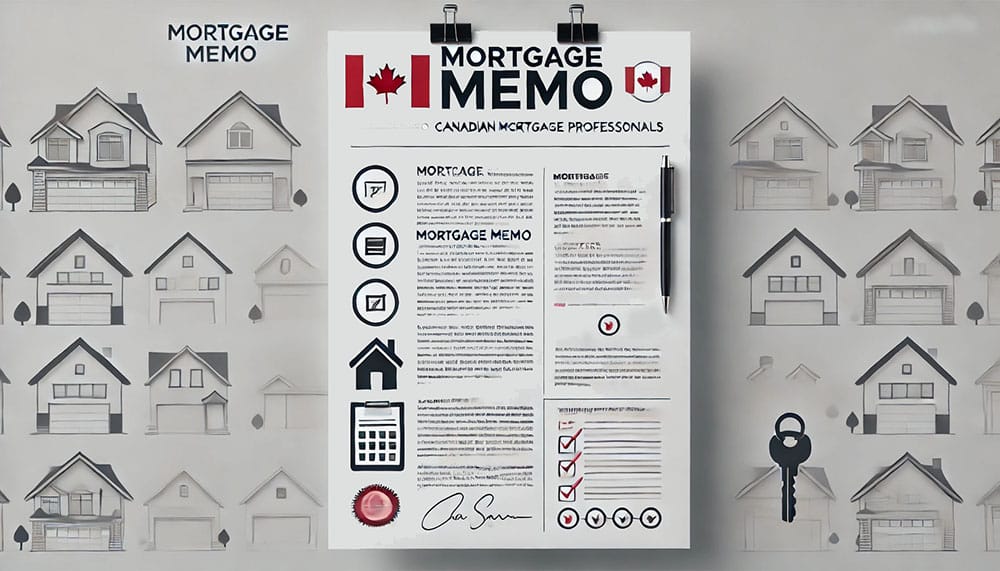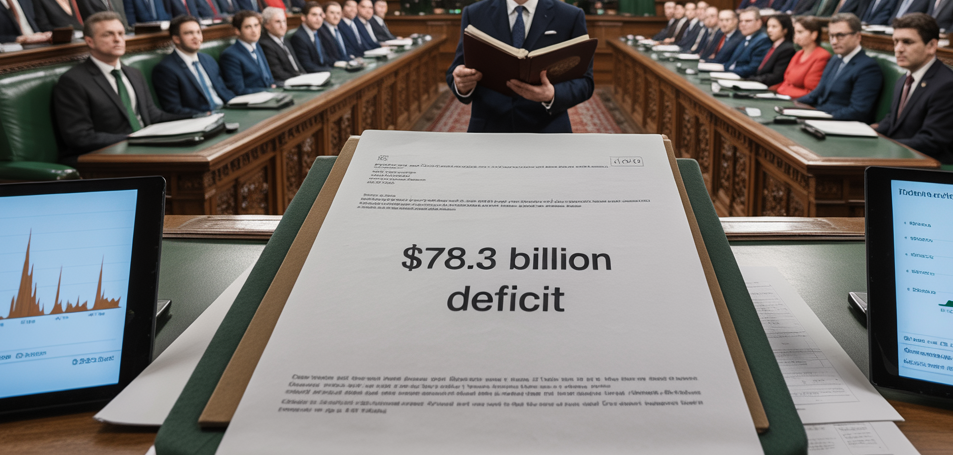With three critical U.S. employment reports sidelined by the government shutdown this week, Thursday’s Challenger report—normally a second-tier, private-sector jobs survey—grabbed the spotlight.
Bond yields tumbled when it revealed that October layoffs had shot through the roof, which is never reassuring unless you're in the severance-consulting business.
Let's hope that disaster hasn't spread north ahead of Canada's numbers on Friday.
Back to top



